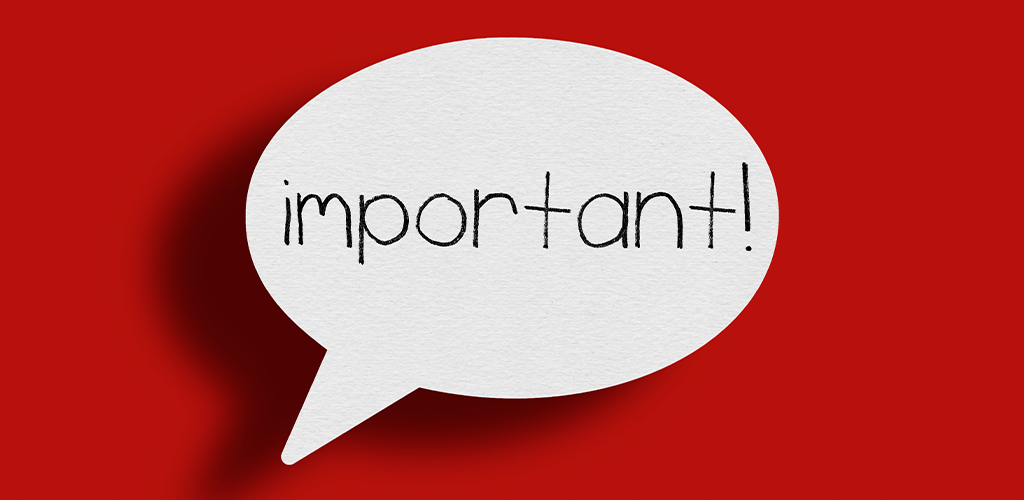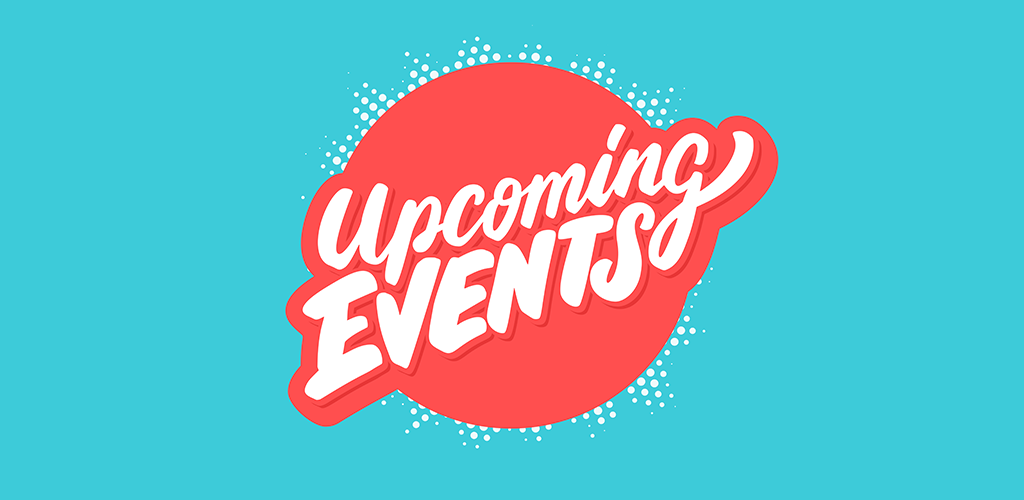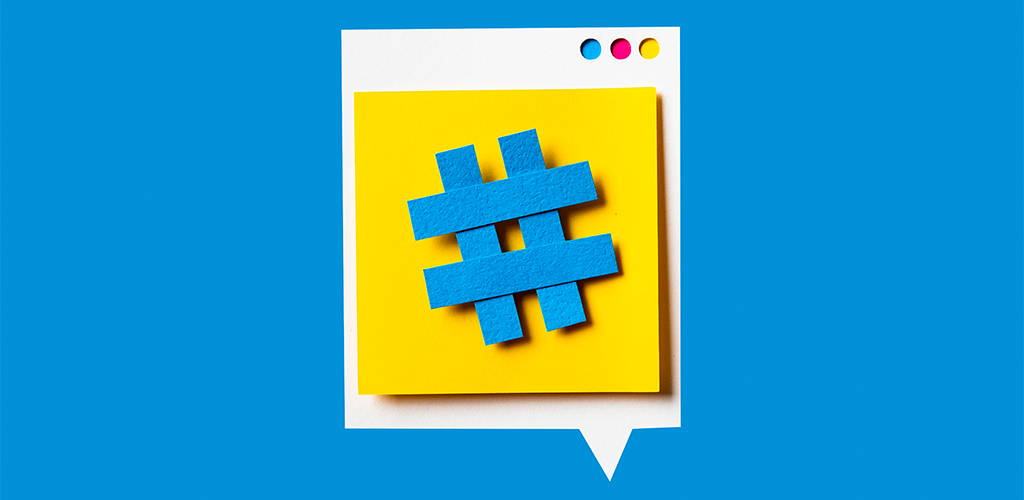Your Guide to Creating an Instagram Content Calendar

Instagram has more than one billion active users worldwide. About 800 million of them follow at least one business account. With numbers like these, and the integrated tools the platform offers for businesses, Instagram is one of the best sites for companies to launch a social media presence. However, running and maintaining successful social accounts isn’t always easy, especially for a busy entrepreneur. To lighten the load of creating branded, consistent content, consider creating an Instagram content calendar. Here’s how:
- Understand why it’s important
- Research your audience
- Take a look at upcoming events
- Collect hashtags
- Brainstorm types of content
- Gather necessary content
- Create your calendar
- Review and schedule your posts
- Track your success
Understand Why It’s Important

Social media calendars are tools for businesses and marketers to plan and schedule content weeks in advance. There are a number of reasons they’re useful for anyone with a professional social media presence. Take a look at just a few of those reasons:
- They Save Time: Rather than planning and producing posts on a day-by-day basis, use an Instagram content calendar to save time. You can spend a single afternoon gathering photos, writing captions, and more, rather than eating into time designated for other tasks each day.
- They Keep Your Posts Consistent: If you struggle with posting every day, or on a regular basis, a calendar can help prevent this problem. It serves as a reminder to share that image, and keeps you accountable. In addition, by planning a batch of content in advance, they’re more likely to follow the same style and remain visually consistent.
- They Polish Your Posts: If you post to Instagram in-the-moment every day, you’re more likely to have typos and other errors in your captions. In addition, not taking the time to think about your posts can lead to mistakes, such as photos that may be insensitive or insulting. By planning it all in advance with an Instagram content calendar, you give yourself the opportunity to reexamine your posts with fresh eyes to catch any possible mistakes.
Research Your Audience

If you have an existing Instagram audience, that’s awesome! By then, you probably know which posts they enjoy and respond to most. However, if you’re just starting to build up a following, take some time to research the audiences you want to reach most. This research will help you create tailored content that you know is going to be successful. Having knowledge of your audience will also serve as a guide to creating posts, which will ultimately save you time in the long run. If you know your audience hates inspirational quotes, don’t waste time creating graphics with them.
Take a Look at Upcoming Events

The purpose of your Instagram content calendar is to create posts that you know your followers will enjoy and connect with. It should also help you reach out to a wider audience. One tactic to achieve both of these goals is to take a look at the upcoming events for the month. Events include social gatherings on a local, national, or international level. They also include holidays and other special calendar days. For example, if you know your audience includes a lot of mothers, creating a post for Mother’s Day in May will interest and connect with them. Using related hashtags can also help you engage with mothers outside of your existing followers. In addition to helping you reach your audience, using events as a basis for your posts is simply a quick, convenient way to bulk up your content.
Collect Hashtags

Instagram is one of the top social media platforms for hashtag use. For the unaware, hashtags (designated by a # sign), are a way to organize, categorize, and search for content on social sites. Any business on the platform should definitely use them in their posts, if you want to be found by other users. When planning your posts for a month, take a look at current, popular hashtags, research what was popular in the same month a year ago, and pick out a few that will be relevant to your brand and posts. For example, #MothersDay is a great one to use in May, specifically on Mother’s Day. However, after the holiday has passed, it’s no longer likely to be relevant and should not be used. Instagram users don’t take kindly to businesses using irrelevant hashtags as an attention grab.
Brainstorm Types of Content

In order to keep your Instagram account fresh and exciting, you need to vary the types of content used in it. Using an Instagram content is perfect for this task. It allows you to visually display the posts you plan to publish, so you can see if your content is varied enough while remaining relevant to your brand. Before laying out your calendar, take some time to brainstorm the types of posts you’ll use. These are just a few ideas to use:
- Announce a promotion or sale for the month
- Share an inspiring quote relevant to your business
- Share a fun fact about your business
- Post a picture of a happy customer
- Tell your audience something educational about your industry
- Make a post about a success your business had recently
- Feature an employee in your posts
- Share a behind-the-scenes photo
- Answer common questions about your business/industry
- Inform your audience about industry trends
- Use a customer testimonial
- Run an Instagram giveaway or similar contest
- Host a poll
- Bust a myth about your industry
- Share interesting stats about your industry
- Give your audience a tip about something related to your business
- Ask your followers relevant questions about themselves
- Thank your audience
- Offer a sneak peek of upcoming promotions, events, products, etc.
Gather Necessary Content

Instagram is a photo-sharing platform. That means, for every planned post, you need to have an accompanying visual. Visuals can include photos (typically 1080 x 1080 pixels), videos, and GIFs. In addition to planning when you’ll post content, it’s best to collect and format your visuals in advance too, to save you time and hassle down the road.
Create Your Instagram Content Calendar

Once you have a rough idea of the posts you want to share, it’s time to actually make your content calendar! This document is your actual guide to the dates and times that your posts will be scheduled. It’s also where you’ll keep written content to pair with your visuals. The actual calendar you make can take a few different formats, depending on your preferences. One option is to use an actual digital calendar. This format allows you to see when posts will published, to add a caption that you can simply copy and paste into Instagram, and to set reminders for when you want to post. Another option is to use a spreadsheet. Most marketers create them with columns for the date and time of the post, as well as a section for a caption. Spreadsheets may also give you the option of linking your associated graphic to it, for ease of access.
Review and Schedule Your Posts

If you plan on posting your content one day at a time, using an Instagram content calendar is a great way to review each post first. This step helps you to check for typos and problems with grammar. It also gives you the chance to rethink your captions, in favour of something better! For those who don’t want to post every day, there are also many online softwares and apps that allow you to plan and schedule your posts in advance, to publish them automatically.
Track Your Success

Instagram business accounts come equipped with analytics tools to help you track the success of each post. Keep an eye on them throughout the month to help you determine which posts were most successful and which fell flat. Use this knowledge as a guide to plan for next month!
Visit Shopivo and stay tuned for exciting news and updates! Sign up for our emails and stay up-to-date on new developments and features.
